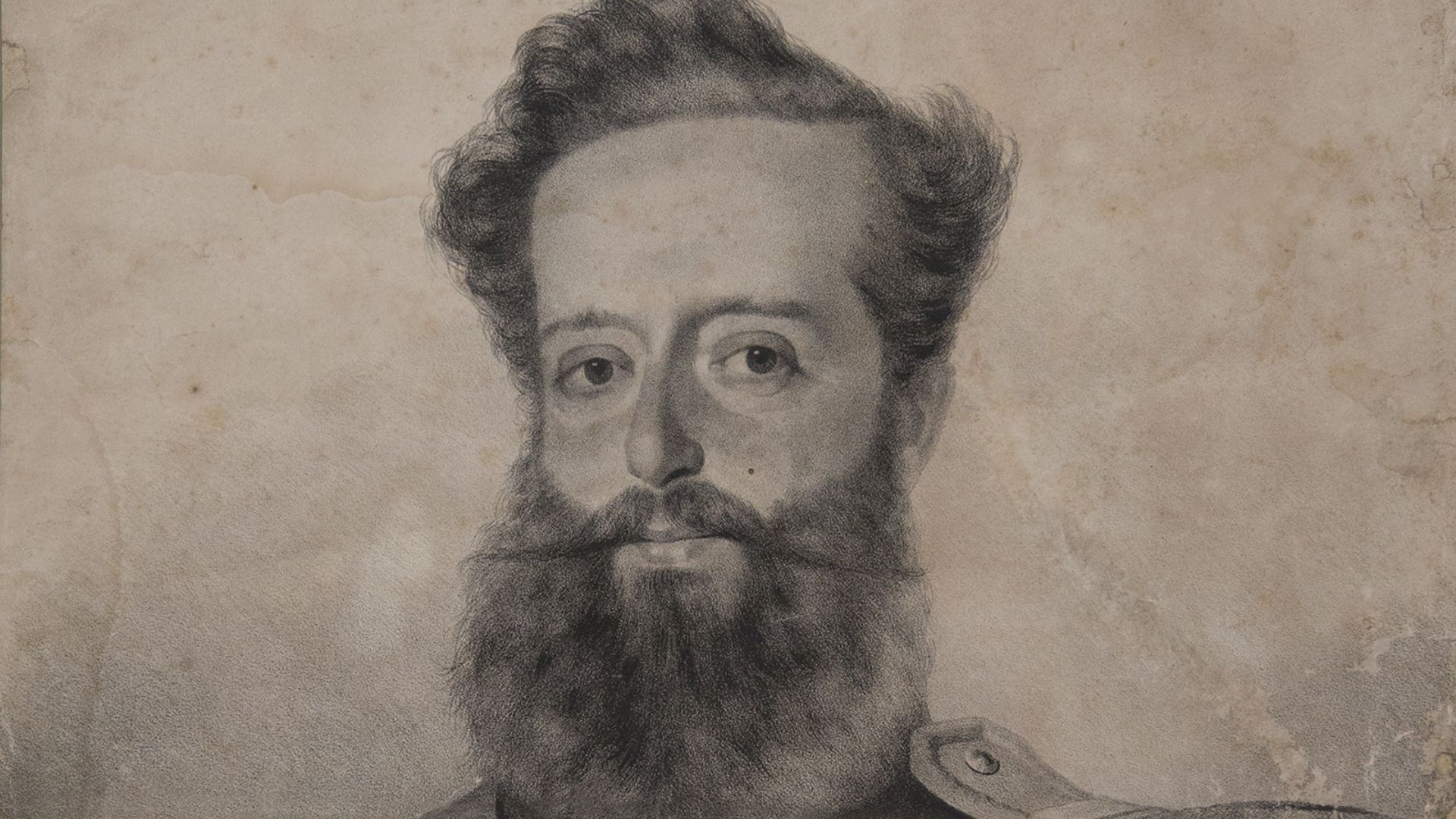D. Pedro IV was born on 12 October 1798, King of Portugal, the first Emperor of Brazil and founder, in 1833, of the Museum of Paintings and Prints and other Fine Arts objects, now the Soares dos Reis National Museum.
King of Portugal between 1826 and 1834, Pedro IV, The Liberator, was the first Emperor of Brazil. He travelled to Brazil with the rest of the royal family in 1807, shortly after the first French invasion.
Following the 1820 Revolution in Portugal, the Parliament ordered his return, but Pedro IV refused to embark for Europe. It was then that, as leader of the independence movement in that colony, he decided to proclaim Brazil’s independence on the banks of the Ipiranga River (1822). Soon afterwards, he was proclaimed Emperor of Brazil.
After the death of his father João VI in 1826, Pedro was appointed king of Portugal by the regent Isabel Maria and granted the Portuguese the Constitutional Charter of 1826. He wanted to abdicate in favour of his daughter, Maria da Glória (the future Queen Maria II), but the civil war between the liberals, led by Pedro, and the absolutists, led by his brother Miguel, who also wanted the throne, postponed Maria’s coronation until 1834.
The Museum of Paintings and Prints and other Fine Arts objects was created with the aim of collecting the goods confiscated from the abandoned convents of Porto and the monasteries of S. Martinho de Tibães and Santa Cruz de Coimbra. The looting took place during the civil war between absolutists and liberals, led by the regent Pedro, Duke of Bragança.
It was installed in the Convent of Santo António, in the eastern part of the city (Jardim de S. Lázaro), under the direction of the painter João Baptista Ribeiro. It was confirmed by King Maria II in 1836, as part of the public education reforms carried out by Minister Passos Manuel.
In 1839, the Museum’s collection came under the direction of the Academia Portuense de Belas-Artes, which led to a strengthening of the relationship between the museum and art education in the 19th century.
As part of the institutional reforms of the Republic in 1911, the museum was renamed the Soares dos Reis Museum, after the sculptor who had been honoured by the Portuense Academy of Fine Arts. In 1932, the centenary museum acquired the status of National Museum. Its installation in the Carrancas Palace in 1940 is part of the Museum’s recent history, at the time under the direction of Vasco Valente.

